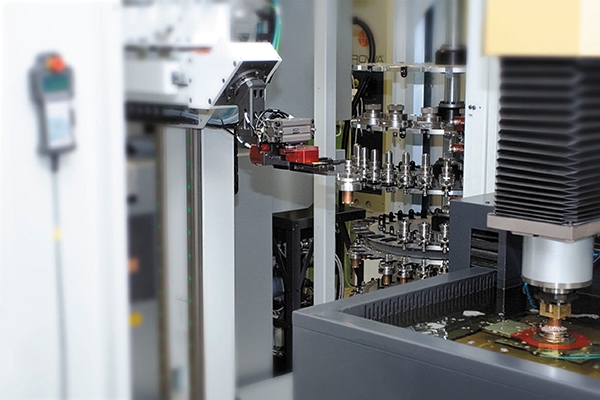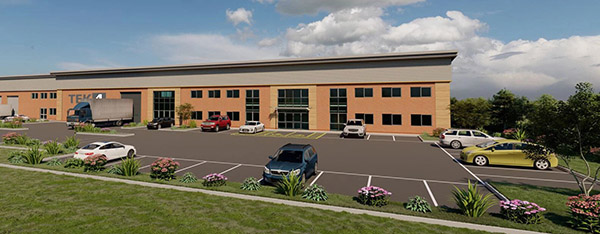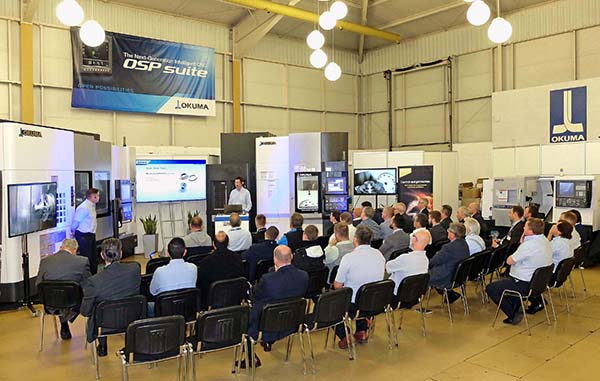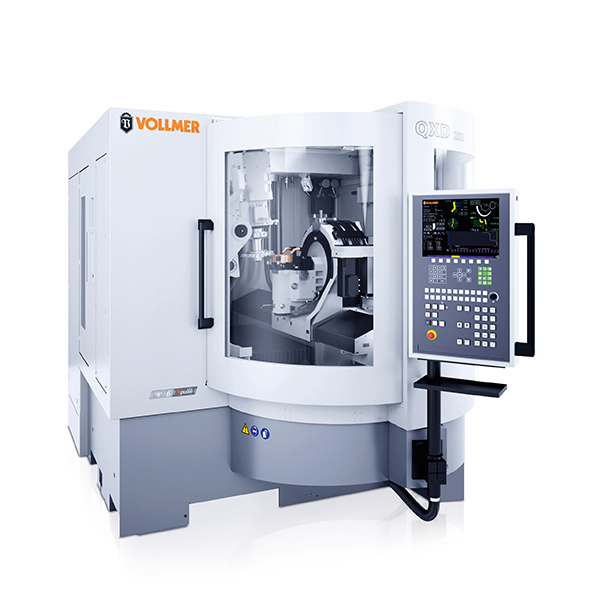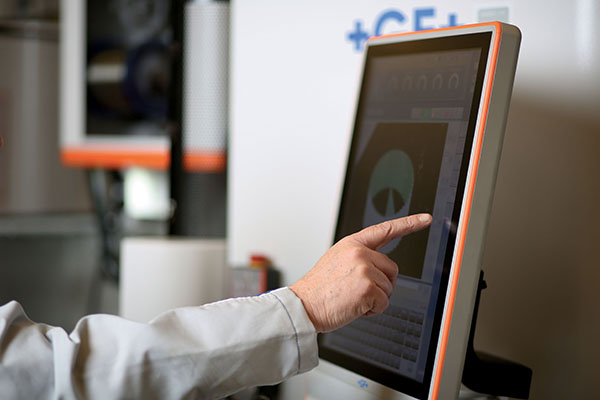Erowa’s recently enhanced LoadMaster range, which is available in the UK from REM Systems, builds on the ability to offer the automatic loading and unloading of workpieces up to 4000 kg.

Equipped with a 360° swivel function, any position in the magazine and on the machine tool table can be reliably reached. According to the company, customers equipped with an Erowa system can typically increase productivity by a factor of five using various manufacturing technologies, including die-sink EDM.
Raw material billets, part-machined components and cast workpieces can be transferred using LoadMaster thanks to its novel kinetic system with very limited space requirement. The magazines are designed to stack vertically, with the storage positions arranged over two, three or four levels, saving on floor space and subsequently cost. Each level is optimally configured for typical workpiece sizes.
REM Systems’ managing director Ian Holbeche says: “The new LoadMaster allows manufacturing businesses that produce larger, and therefore heavier components, to increase their productivity. Typically, this might be large press-tool plates, multi-cavity injection moulds, valves and pipe fittings, as well as structural and propulsion components for aircraft.”
Operator set-up stations are integral components of LoadMaster production lines, with access via sliding doors or walk-in stations. Versions are available featuring lifting units, with rotating and tilting table, or with indexing table. The set-up positions are also accessible via overhead crane.
Erowa’s overall process control system assists the operator in the daily production flow, with clear displays of system status. Notably, the transfer unit moves between the magazines and machines on solid rails, while the grippers optimally support various application scenarios: ‘TwinFork’ double grippers for faster chip-to-chip times or ‘MultiFork’ end effector for the loading and unloading of different pallet sizes.
For further information https://remsystems.co.uk/






